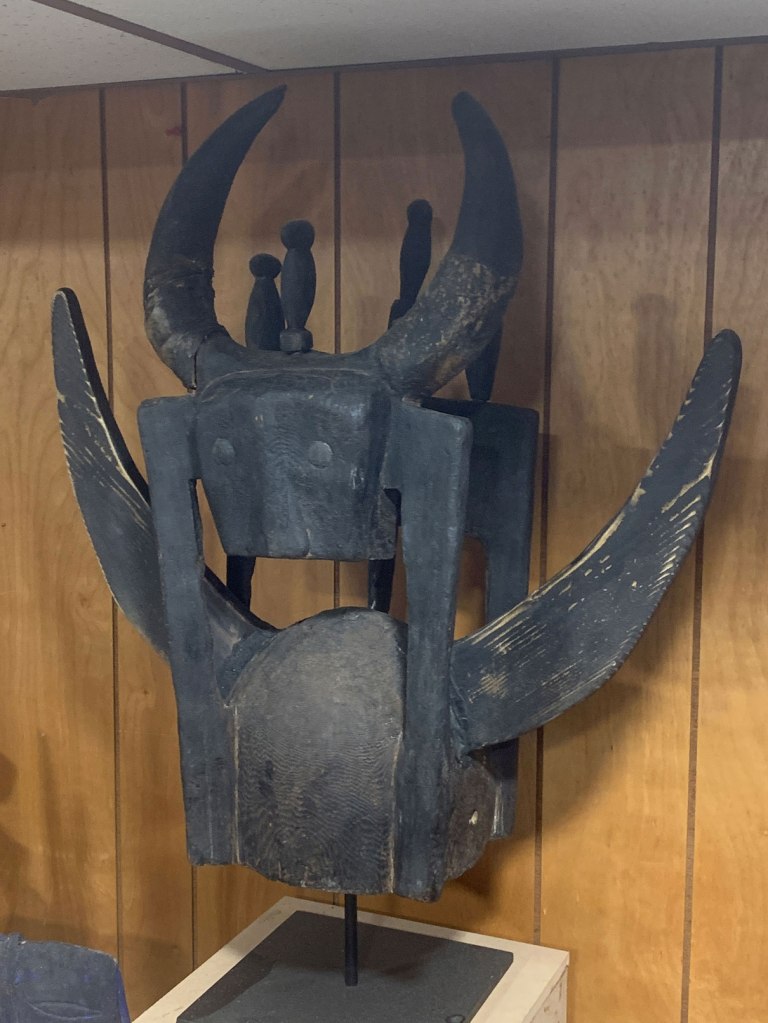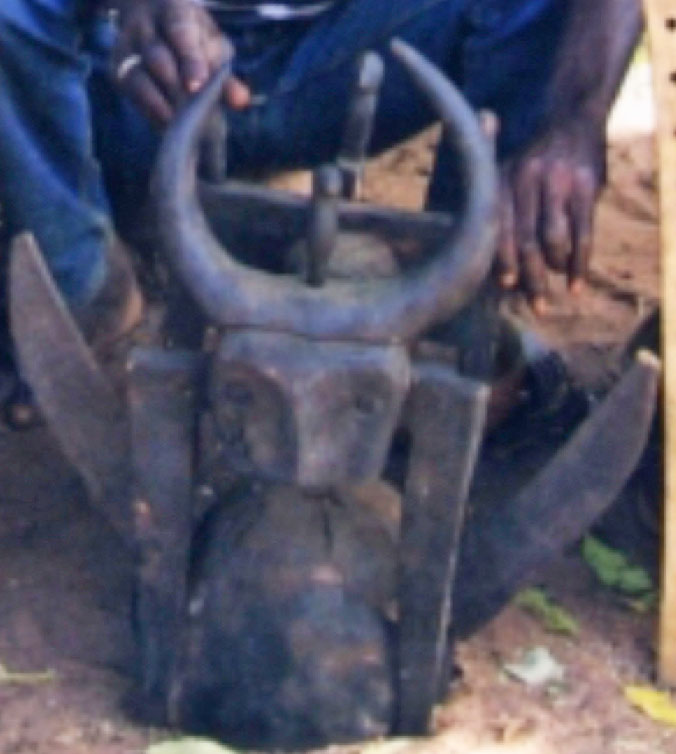Iphri – Male Aggression (personality corrective)
January 6, 2021 Leave a comment
COMMUNITY SHRINE FIGURE (IVRI)
URHOBO : I’ve found it fascinating that the Urhobo identified and addressed aggression as a separate, treatable ailment. The key factor being that it is identified at an early age, and the treatment was accepted within the village. In the Iphri aggression is depicted in placement at the stomach, and by representation as a fierce, vicious, and senseless entity. The following was taken from the Seattle Art Museum website.
“Being worried by hunger brings vexation.
Hunger makes you say what you do not understand”.
(From a praise poem for an “ivri”, 1971)
A hunger for aggression has overtaken this figure and turned it into a monstrous centaur. Instead of a body, an enormous mouth with crossing incisors opens wide. The Urhobo calls upon ivri to address the personal and collective force that human antagonisms can foster. If a man becomes persistently troublesome or argumentative, unwilling to adjust or share, an ivri could be commissioned for his use. Or he might visit one in a town meeting hall, where the figure served as a personality corrective.
Regular offerings of food were deposited in the ivri’s cavernous mouth. Offerings of yams, gin, chicken blood, and kola nuts have accumulated on this figure. During visits, people might recite lengthy praise poems, and consult the ivri about community problems. Through this action and recitation, the ivri provided the Urhobo with a metaphorical way of limiting excessive aggression.
Wood, camwood, chalk, nails, encrustation, 36 x 14 3/4 in. (91.5 x 37.5 cm) Diam.: 13 1/4 in., Gift of Katherine White and the Boeing Company, 81.17.532
Photos: Paul Macapia







